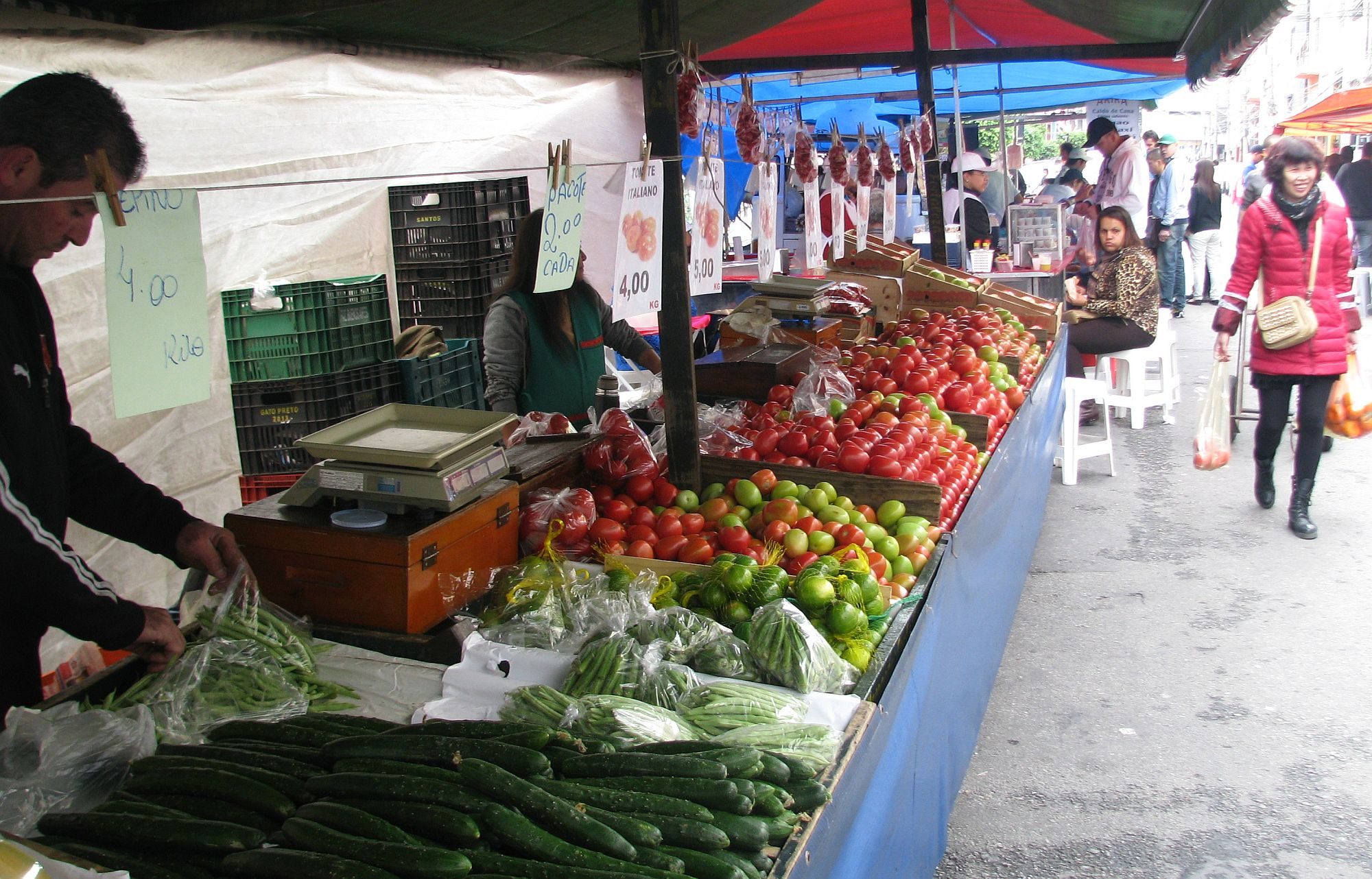Ratings agency Standard & Poor’s cut Brazil’s credit rating further below investment grade as doubts grew about a presidential election in October and a push to trim its costly pension system, seen as vital to closing a huge fiscal deficit.
S&P lowered its long-term rating for Brazil sovereign debt to BB- from BB previously, with a stable outlook, citing less timely and effective policymaking. S&P also cited a risk of greater policy uncertainty after this year’s elections.
The decision underscored concerns that a business-friendly reform agenda proposed by the unpopular President Michel Temer may stall this year as a looming presidential race shortens the legislative calendar.
The Finance Ministry said in a statement that it would continue to push for an overhaul of Brazil’s social security and tax policies, adding that S&P’s decision underscored the urgency of those fiscal reforms.
Finance Minister Henrique Meirelles had met with ratings agencies to try and stave off a downgrade after the government delayed until February a vote on pension reform that had been expected last year.
“I think it’s a warning of the economic and social consequences of not approving pension reform,” said Wellington Moreira Franco, secretary-general for President Michel Temer.
The move by S&P brings its long-term sovereign rating for Brazil three notches below investment grade. Brazil is rated Ba2 by Moody’s Investors Service and BB by Fitch Ratings, both two notches into “junk” territory.
Brazil lost its investment grade rating in 2015 as the country headed into its deepest recession in decades and the government of then-President Dilma Rousseff failed to tame a budget deficit that exploded when a commodities boom faded.
The S&P downgrade “is a negative development but it was expected, particularly after pension reform was delayed. It’s not breaking news for markets,” said Goldman Sachs economist Alberto Ramos in by telephone.
Regarding the economic effect, “we will need to observe the market in the coming days. But this will aid the reform effort,” a member of Temer’s economic team said. A spokesman for Brazil’s central bank declined to comment.
Inflation
The annual inflation rate in Brazil increased to 2.95% in December, from 2.50% in November, rising above economists’ projections of 2.80%, but ending the year below the bottom of the central bank’s target for 2017, which ranged from 3% to 6%.
According to the national statistics office (IBGE), the 2017 inflation was the lowest ever recorded since 1998, when prices rose 1.65%.
In a monthly comparison, the Brazilian consumer price index rose 0.44% in December, also accelerating from a 0.28% increase in November, said the IBGE. Analysts expected a 0.30% growth.
The inflation strengthening in December resulted essentially from higher prices for food and beverages, which had a monthly inflation rate of 0.54% in December, after a 0.38% deflation in November, and Transportation (from +0.52% to +1.23%).
Throughout 2017, the main influences over prices in Brazil came from important household expenditure items, such as bottled gas (+16.00%), water and sewage (+10.52%), and electricity (+10.35%).
According to Brazilian central bank, since the beginning of the inflation targeting regime in Brazil in 1999, inflation closed the 12-month period near to the central point of the target on only three occasions (2000, 2007 and 2009).
Just once, in 2006, did the rate fall below the target center, but remained within the range. In all other years, inflation closed the year above the target.
Mercopress

